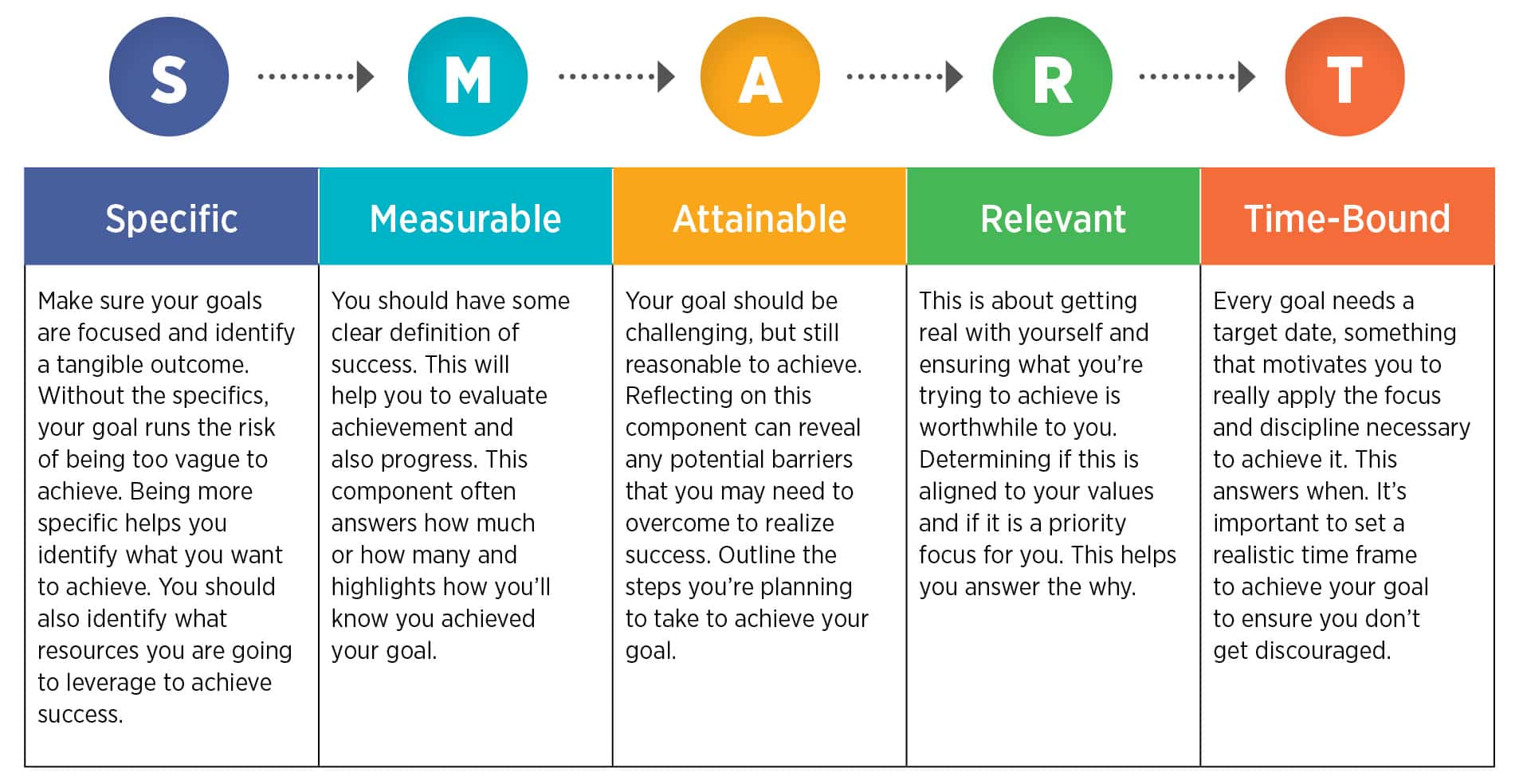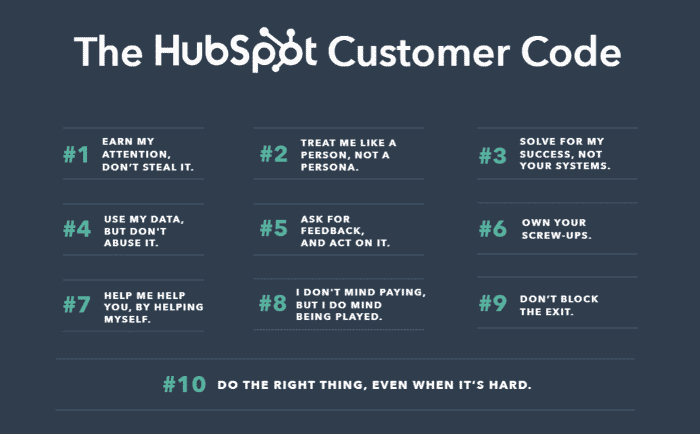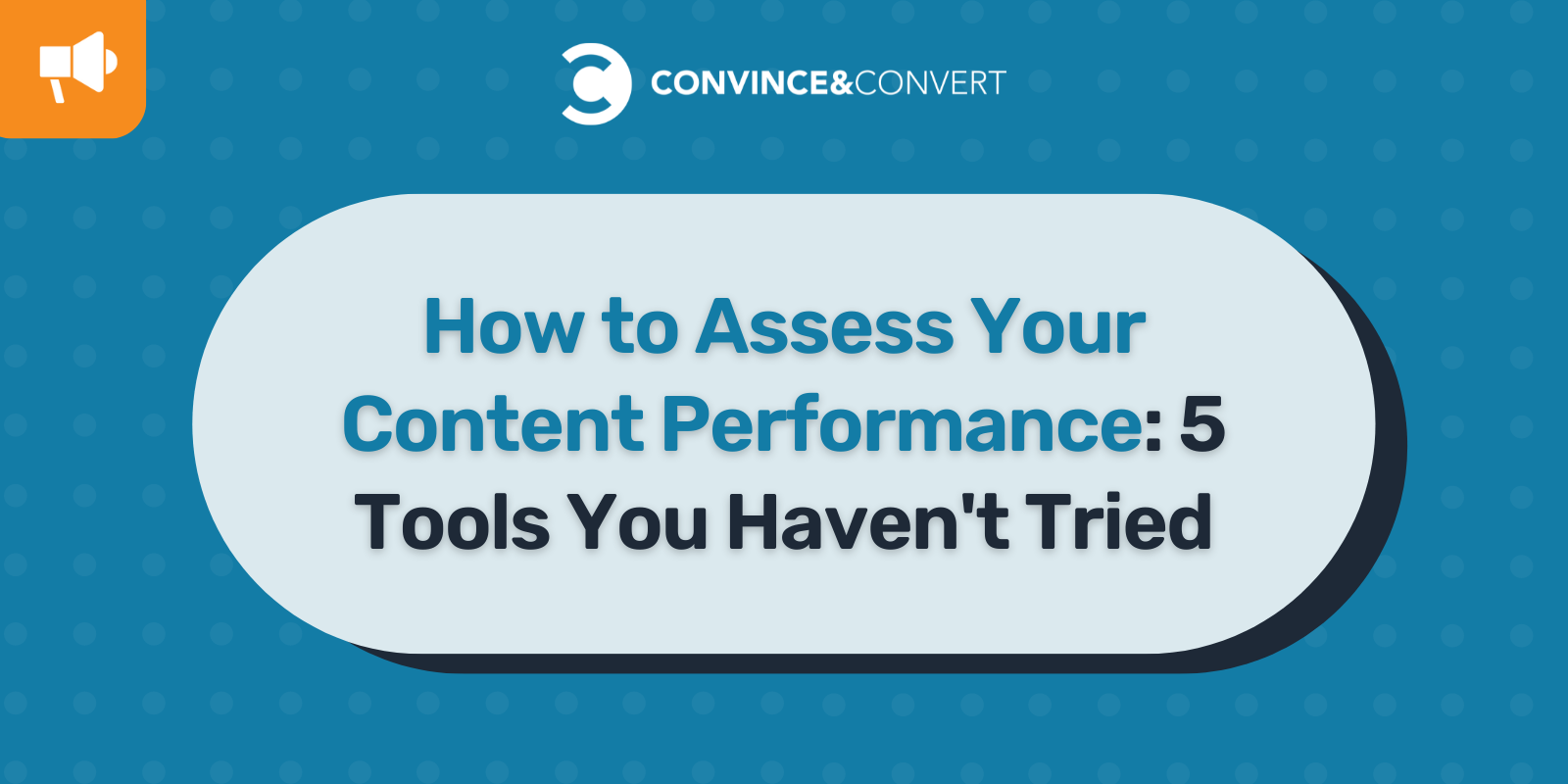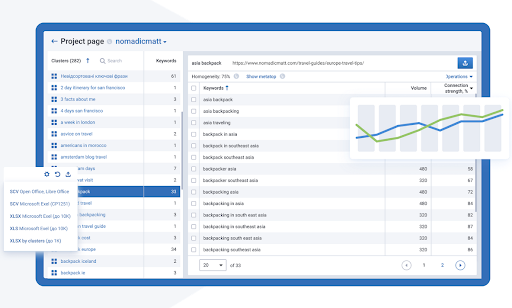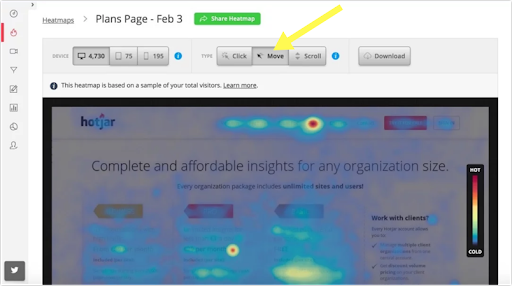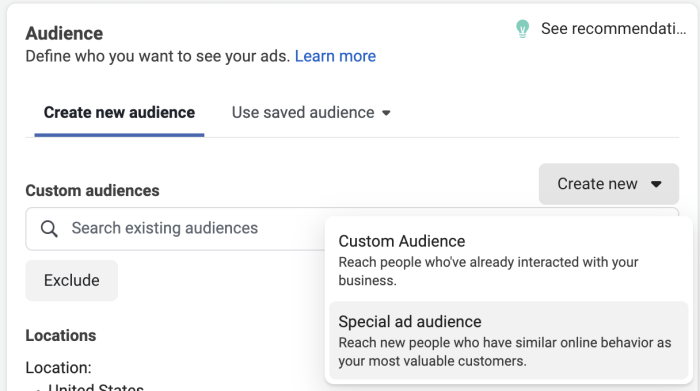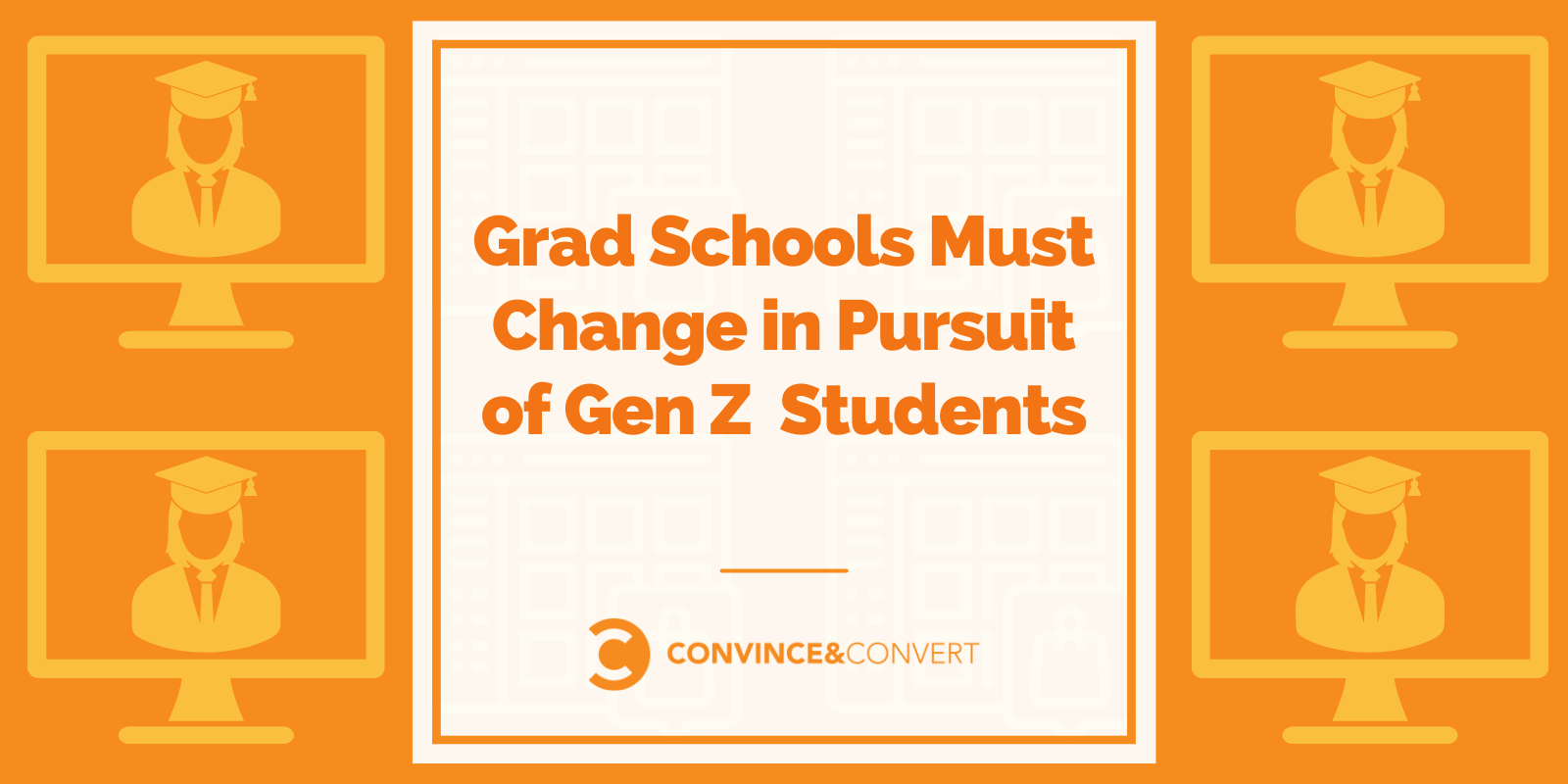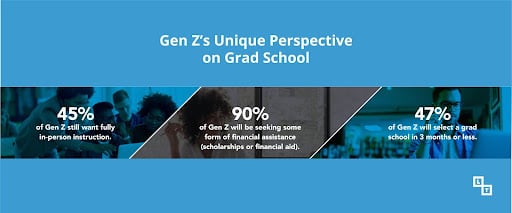
Developing quality content is crucial to build your brand and attract key audiences, but it’s definitely something easier said than done. Your best bet might be outsourcing your content creation to a team of writers.
Since your brand and reputation mean everything as a business, you need to be completely satisfied with your content before clicking publish to ensure you’re making a solid first impression to potential customers.
How can you enable your team to create consistent, valuable, and unique content? It all starts with providing helpful feedback and suggestions that guide your writers.
You know the Farmers Insurance slogan, “we know a thing or two because we’ve seen a thing or two”? Well, our writers are kind of like the Farmers of content marketing. We do this all day, every day!
We’ve asked our best writers for tips and tricks when it comes to facilitating great communication and feedback during the editing process. This list is their most valuable advice – all in one place.
With 70% of marketers investing in content marketing, writing impactful pieces should be a top priority for your business to stay ahead of the competition. The more effectively you can achieve this, the better. It’s a win for everyone.
Ready to learn more? Let’s dive in.
Key Takeaways:
- Providing writing feedback helps you produce better quality content.
- Build a strong working relationship with writers by sending them lots of constructive review feedback.
- Create and update a style guide for your writers to follow and adhere to brand consistency.
Why is Providing Feedback to Your Team Important?
Feedback is an essential part of any leader’s skill set to shape your team’s performance for the better. In fact, constructive feedback helps create a healthier environment, boosts productivity, and helps you achieve better business results.
When it comes to your writing development, you need to create content that speaks to your customers’ pain points, needs, and desires to build a deeper relationship with them.
Throughout the project journey, you can improve the content by providing feedback during the development process to sharpen your writer’s skill set. This is why we start with test articles at MIG. These are our figurative punching bags for feedback.
With 53% of businesses outsourcing their writing, providing feedback allows your freelance writing teams to ramp and produce content more quickly for your brand.

Source: Agility PR
Here are a few additional reasons why you need to provide writing feedback:
- Help keep the project on track and meet deadlines
- Avoid major, repeatable mistakes
- Form healthy relationships between you and your writers
- Motivate others to produce better outcomes and professional growth
- Save your business more money by not paying for additional revisions
- Improve your market position and thought leadership
- Build valuable customer relationships
As you stick to a consistent process, providing constructive feedback keeps your writers engaged in the work process and improves your business growth.
Teaching Your Writing Style and Tone
Before you give writing feedback, provide your writers with proper guidelines beyond just the Associated Press Stylebook or the Chicago Manual of Style.
While you may be excited to hand off a new assignment to your writer, examples of style you really like allows your writers to refer to this material when they have a question instead of going to you for every detail.
Do you want CTAs at the end of each blog? What is common industry vernacular? Who are your buyer personas? What is your preferred subheading cadence? Answer all of these questions and more in your stylebook.
Our method; briefing documents for each of our clients. We ask all the right questions, so you don’t have to worry about thinking of them. That’s just one of the benefits of outsourcing your content marketing. You gain professional knowledge without having to break a sweat. Pair this with thorough research conducted by our writers and a strong foundation is laid before any content is even written.
Here are a few additional ideas on what you should include:
- Target audience with a list of benefits for each persona
- Product and company information with exact details
- Competitive information if you want them referenced
- Capitalization, punctuation, and grammar preferences (the Oxford comma rule is actually quite a polarizing subject, so definitely worth touching on!)
- Tone and voice to determine how your brand resonates with your audience, such as formal, snarky, educational, funny, etc.
Deliver style guidelines with each project assignment brief, so your writers have a clear understanding of your standards and expectations. You can provide these in an e-book PDF format or something like a Google Doc so your writers can save it to their desktop for ease of use. Google Docs are living documents, so your goals can change without derailing your process.
Coaching Your Writing Team: 5 Ways to Be Successful
Did you know that only 31% of businesses rate their content successful? It all starts with feedback.
Sure, your content idea might be dynamite, but if you don’t follow up the project journey with quality feedback, it’ll likely fall flat. Although I’m sure they wish they could, writers can’t actually read your mind. You have to let them in on your industry knowledge sometimes.
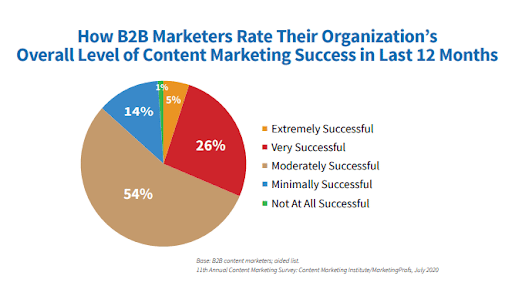
Source: Content Marketing Institute
Let’s look at a few key ways you make sure you provide your writers with actionable feedback that will drive better content results.
1. Comment on Your Writer’s Good Qualities
A recent study shows that 44% of people are more likely to disassociate after receiving more negative feedback than they felt they deserved. Of course, no one likes hearing negative things — so how can you avoid fatigue?
You should always start the feedback loop by commenting on what the writer did correctly. Discussing what the content accomplishes as-is helps the writer stay motivated and highlights what’s working versus what’s not to better understand the expectation. If you’re struggling to find positive feedback, think about it a bit more broadly and focus on things like search engine optimization or industry knowledge.
Developing a good cadence with your writer takes work on both ends, to make things easier in the long haul. Try not to get frustrated in the beginning! Your style and theirs need to meld together and the only way to make that happen is constructive feedback.
2. Work with Your Legal and Cross-Functional Partners
Depending on your industry and regulations, you may need to loop in legal and other cross-functional partners before publishing the content. To help this process go more smoothly and avoid frustrated writers, make sure you get project buy-in from all cross-functional partners before handing it off.
You’ll be able to more clearly outline outcomes, features, and things to avoid in the project guidelines after you loop in everyone.
It would be best to have your legal and cross-functional groups review the content as the last stop instead of in the middle of the review process. This allows your writer to make quick edits at the end of the project timeline and helps you manage the stakeholder’s time.
To help your legal reviews go more smoothly from the start, consider these best practices:
- Provide any disclaimers, regulations, or industry knowledge that legal will request to include in the initial project brief, so your writer knows the immediate requirements.
- Consider creating content that won’t even need a legal review like behind-the-scenes or how-to guides.
- Give your stakeholders a process to follow when providing feedback so your writer doesn’t have to guess when they will receive the final revision rounds.
3. Include Specific Edits in Your Revision Requests
When providing feedback and asking for content revisions, make sure you offer examples of potential solutions to point them in the right direction. For instance, if your writer keeps using sentence case in your headers but your guidelines say title case, point it out in a comment and show them the correct way to format the text!
Going out of your way to give writers additional context shows your willingness to see a successful final draft. This also helps educate the writer for future articles. Making the revisions and giving feedback now will only help your future self.
Another method; ask your writer questions while giving feedback. If you’re unsure about a section of your article, asking a question can help send the writer in the right direction and expand their potential.
An example might be, “Should we replace the ‘seo services’ section with ‘seo blog writing services’? This applies more to our industry and will help the reader understand more what we do.” In this example, the feedback should leave the writer feeling like they know exactly how to improve the piece. This also gives more context to the type of work you do, which is feedback that will last.
4. Keep Communication Channels Open
Everyone has their own tone when providing feedback to writers. What you may intend to be a quick comment could come off as rude to your team – making it difficult for them to decipher your actual content expectations. Instead, consider holding regular in-person or virtual meetings with your team to discuss feedback in real time.
Meeting with your team allows you to have an open conversation about a content piece you’re unsure about and talk through the changes you’d like to see.
Our team has an onboarding process in place for just this; to make sure there’s open and often communication in the beginning, when working out the kinks is the most effective.
5. Mention Recurring Mistakes When You See Them
As a marketer, you may want to do it all yourself instead of providing feedback. While it’s sometimes easier, it sets your writer up for failure because they’ll never learn the correct tone or structure that you prefer. Not to mention that when you fail to mention a recurring error and then correct it ten pieces later, you’ll leave your writer scratching their head asking, “Why now?”
If you want your writer to listen and trust your feedback, you need to be completely honest with their mistakes from the start. It will also help you break everyday habits to ensure the writer sticks to your style guide and project brief.
Developing Rockstar Content Starts with Good Feedback
Whether you’re working with your in-house team or a content marketing agency, providing quality feedback allows you to stimulate professional growth and develop high-quality content that drives conversions.
While constructive feedback may feel a little uncomfortable at first, it’s the best way to ensure the end product is valuable to your customers and reduces future legwork. Ready to create impactful content for your business? Get started with Marketing Insider Group today.
We want to share 5 additional best practices for providing feedback and requesting content revisions that we’ve found will correct a lot of common mistakes that are costing marketing teams time and efficiency.
1. The Right Time for Feedback
One of the keys to effective feedback is timing. Everyone knows the risk of reviewing work too far along in the creative process – getting things wrong without enough time to change them. It’s basically self-evident. But an equally damaging, and commonly made mistake is combatting that by reviewing too early in the creative process.
As a stakeholder, you want to make sure the content you’re responsible for is meeting its requirements and that often translates to checking in with your content creators early and often. But reviewing too early can interrupt the creative process, and disrupt the cohesion necessary to make content compelling.
It’s better to be clear about your expectations up front and give feedback on a rough version than to micromanage a piece of content’s creation. Otherwise, you’re spending time working on a piece of content that could be better spent elsewhere.
2. Give Your Feedback Request Context
Once a piece of content is ready for review,, giving insight into the specific type of feedback that a team is looking for will save a lot of time and frustration. Asking vague questions like “what do you think?” or “how could this improve?” is going to yield equally vague feedback. Instead, be specific in the areas in which you’re looking for feedback (and the areas you’re not).
Let’s say your team is producing a video testimonial, for example, and you want to collect feedback on the first version. By letting your reviewers know that all you’re looking for feedback on is the video’s story (and not the color correction or audio mixing), you won’t get requests to do work that’s meant for further along in the process.
Instead, contextualizing your feedback requests allows the reviewers to focus in on what actually needs reviewing, allowing for higher quality input.
3. Give Actionable Feedback
The purpose of sending a piece of content through the review process is to make it better, not highlight the shortcomings of the project or the person who made it. Great feedback should always suggest practical ways to move forward.
One way to make sure your feedback is actionable is to make sure it’s specific to an issue that needs to be resolved before the content is ready for its next step. If you find you don’t like something, ask yourself why and what you would do to improve it.
When offering ways to move forward, make sure your suggestions stay within the original scope of the project. It isn’t fair to complain about something missing that wasn’t addressed in the creative brief, or that is a result of limited resources.
If your feedback doesn’t offer up a solution that can be acted on within the necessary timeframe, you might want to reconsider giving it.
4. Separate the Review and Approval Process
Requesting feedback is different from requesting approval, and one way to practice healthy reviewing habits is to separate the two into their own processes.
Not everybody who needs to review has the power to approve, and not everybody who does have that power needs to be involved in reviewing at earlier stages in the process. Crossing those paths results in a messy situation that negates all of the best practices we’ve talked about so far!
Instead, keep the review process tailored to specific stages of the creative process and only once it’s ready to be approved should the final stakeholders be brought to weigh in with their opinion.
Reviewing should be about changing and shaping the content; approvals should be about if the content in question is good enough to be published (or whatever the next stage is).
5. Trim the Number of Stakeholders
You’ve been following the best practices lined up above, and have collected some great, insightful feedback that has lead you to the final approval stage. The last thing you need is to collect approvals from six different stakeholders at this point in the process. If you’ve thoughtfully separated your reviewing and approving processes, then you won’t have to.
Instead of having a committee of content gatekeepers, try involving some of those stakeholders earlier on in the process. Have the brand department chime in while reviewing the overall message or story; have legal chime in after you’ve drafted in copy. By the time the content gets to the one or two approvals needed to published, it will be in better shape, they will be more aware of it, and more likely to say yes. You also leave less room for dialoguing that should have happened earlier in the feedback process.
Use these best practices to boost your review and approval efficiency, regardless of what type of content you’re creating.
The post How To Give Writers Constructive Feedback When Requesting Content Revisions appeared first on Marketing Insider Group.



